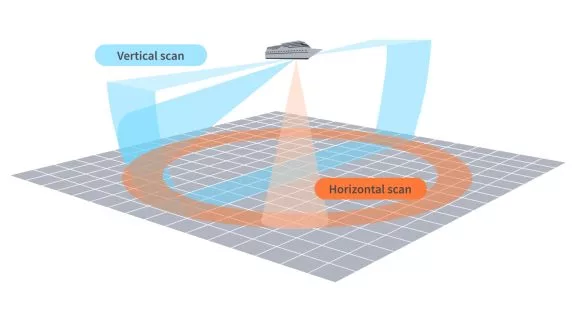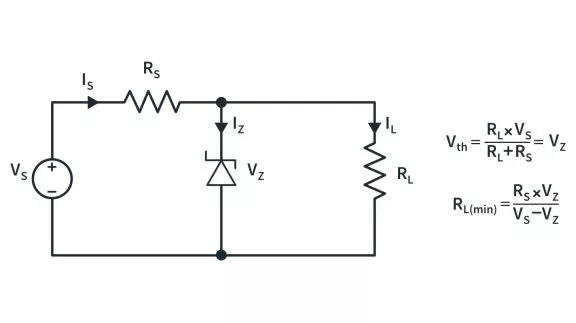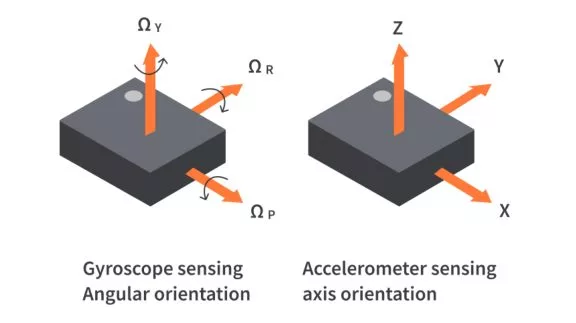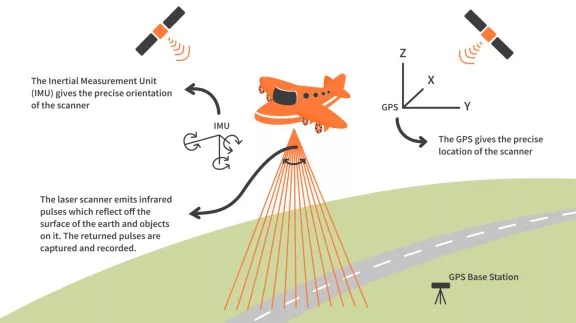Piezoelectric effect is when compressing a piezoelectric material produces electricity. It occurs when there is a conversion of kinetic or mechanical energy due to crystal deformation, into electrical energy. Piezoelectric materials are materials that can produce electricity due to mechanical stress. When a piezoelectric material is placed under mechanical stress, there is a shift of the positive and negative charge centers in the material, which then results in an external electric field. Going the other direction, with an inverse piezoelectric effect, an external electric field causes a physical deformation in a piezoelectric material.

In 1880 Jacques and Pierre Curie discovered that pressure generates electrical charges in certain types of crystals such as quartz and tourmaline. They called this phenomenon the "piezoelectric effect". The word "piezo" is derived from the Greek word piezein, which means to squeeze or press. Later they noticed that electric fields can deform piezoelectric materials. This effect is called the "inverse piezoelectric effect". After these first demonstrations, more work was undertaken to explore the great potential of the piezoelectric effect. Developed in the 1900s to detect icebergs, the sonar device is the first practical application for piezoelectric devices. This initial use of piezoelectricity in sonar created intense developmental interest in piezoelectric devices. Over the next few decades, new piezoelectric materials and applications were explored and developed.
Piezoelectric Materials
A crystal is any solid with atoms or molecules that are arranged in a very orderly way based on repetitions of the same basic atomic building block (the unit cell). In most crystals (such as in metals), the unit cell is symmetrical; in piezoelectric crystals, it isn't. Normally, piezoelectric crystals are electrically neutral. The atom arrangement may not be symmetrical, but the electrical charges are perfectly balanced: a positive charge in one place cancels out a negative charge nearby. However, stretching or squeezing a piezoelectric crystal deforms the structure, pushing some of the atoms closer together or further apart. This upsets the balance of positive and negative, and causes net electrical charges to appear. This effect continues through the whole crystal structure so net positive and negative charges appear on opposite, outer faces of the crystal.

Normally, the charges in a piezoelectric crystal are exactly balanced, even if they're not symmetrically arranged. The forces (electric dipole moments) of the charges exactly cancel out, leaving no net charge on the crystal faces.
When the crystal is stretched or compressed, this pushes the charges out of balance.
Now the dipole moments no longer cancel one another out and net positive and negative charges appear on opposite crystal faces. By subjecting the piezoelectric crystal to physical stress, a voltage is produced across its opposite faces.
The inverse piezoelectric effect occurs in the opposite way when atoms are subjected to electrical pressure when a voltage is put across a piezoelectric crystal. The atoms will then have to move to rebalance themselves and this is what causes piezoelectric crystals to deform when voltage is applied across.
There are a variety of piezoelectric materials, both man-made and natural, that can produce electricity. The most well-known, and the first commercially available piezoelectric material used in electronic devices is the quartz crystal. Other naturally-occurring piezoelectric materials include topaz, tourmaline, and even bone. A breakthrough came when scientists developed a new class of man-made materials, called ferroelectrics, which exhibited piezoelectric characteristics many times more powerful than piezoelectric crystals. Scientists kept searching for higher performance materials and this resulted in the development of barium titanate and lead zirconate titanate, two materials that adopt piezoelectric characteristics with very specific properties suitable for particular applications.
Direct and Inverse Piezoelectric effect in Sonar Device
For piezoelectricity to be generated, mechanical stress needs to be applied to piezoelectric materials. In direct piezoelectric effect, the material acts like a miniature battery, because it produces electricity. Direct piezoelectric effect made devices such as microphones, pressure sensors (such as the PS01 Series sensors), temperature sensors, and many other types of sensors possible. Reversal of the piezoelectric effect, called the inverse piezoelectric effect, is the conversion of electrical energy to mechanical energy. The inverse piezoelectric effect helped develop devices that generate acoustic sound waves. Examples of piezoelectric acoustic devices are speakers of handheld devices or buzzers. The advantage of these speakers is that they are very thin, making them useful in a range of phones. Medical ultrasound and sonar transducers also use reverse piezoelectric effect.

Initially developed to help detect icebergs, interest in sonar rose during World War I to help locate submarines underwater. Today, sonar has many applications, from locating fish to underwater navigation. The sonar transmitter uses inverse piezoelectric effect when it uses voltage to send out a sound wave to search for objects ahead. Once the sound wave hits an object, it will bounce back and will be detected by the receiver. The receiver, unlike the transmitter, uses the direct piezoelectric effect. When the receiver piezoelectric device gets compressed by the returning sound wave, it sends the signal (voltage) to the signal-processing electronics which will take that bounced-back sound wave and process it. It will calculate the object’s distance using the time interval from the transmitter and the receiver.
The piezoelectric effect is very useful in a variety of applications that involve the production and detection of sound. Non-acoustic piezoelectric devices include motors and actuators. Sensors, high voltage generators, electronic frequency generators, microbalances, inkjet printers, and ultra-fine focusing and alignment of optical assemblies among others all exploit piezoelectric technology. It is also the basis of a number of scientific instrumental techniques with atomic resolution, such as scanning tunneling microscopes.

















